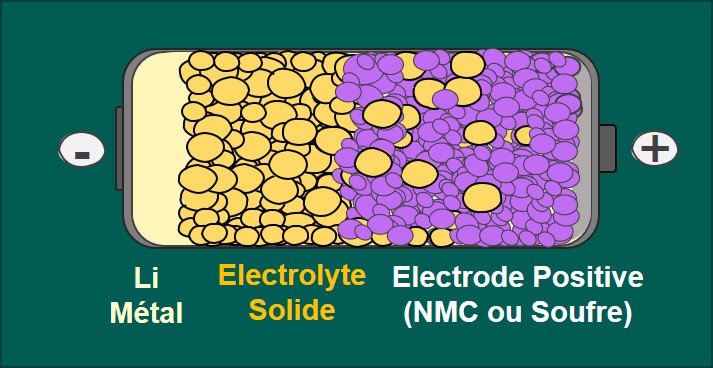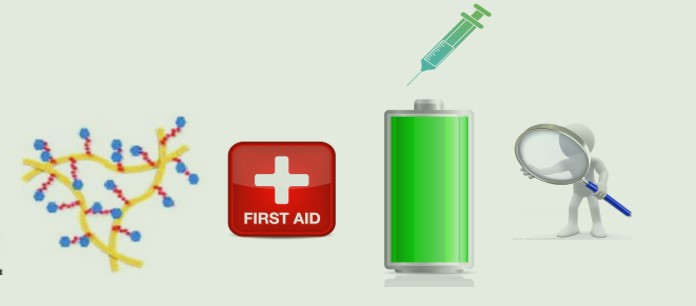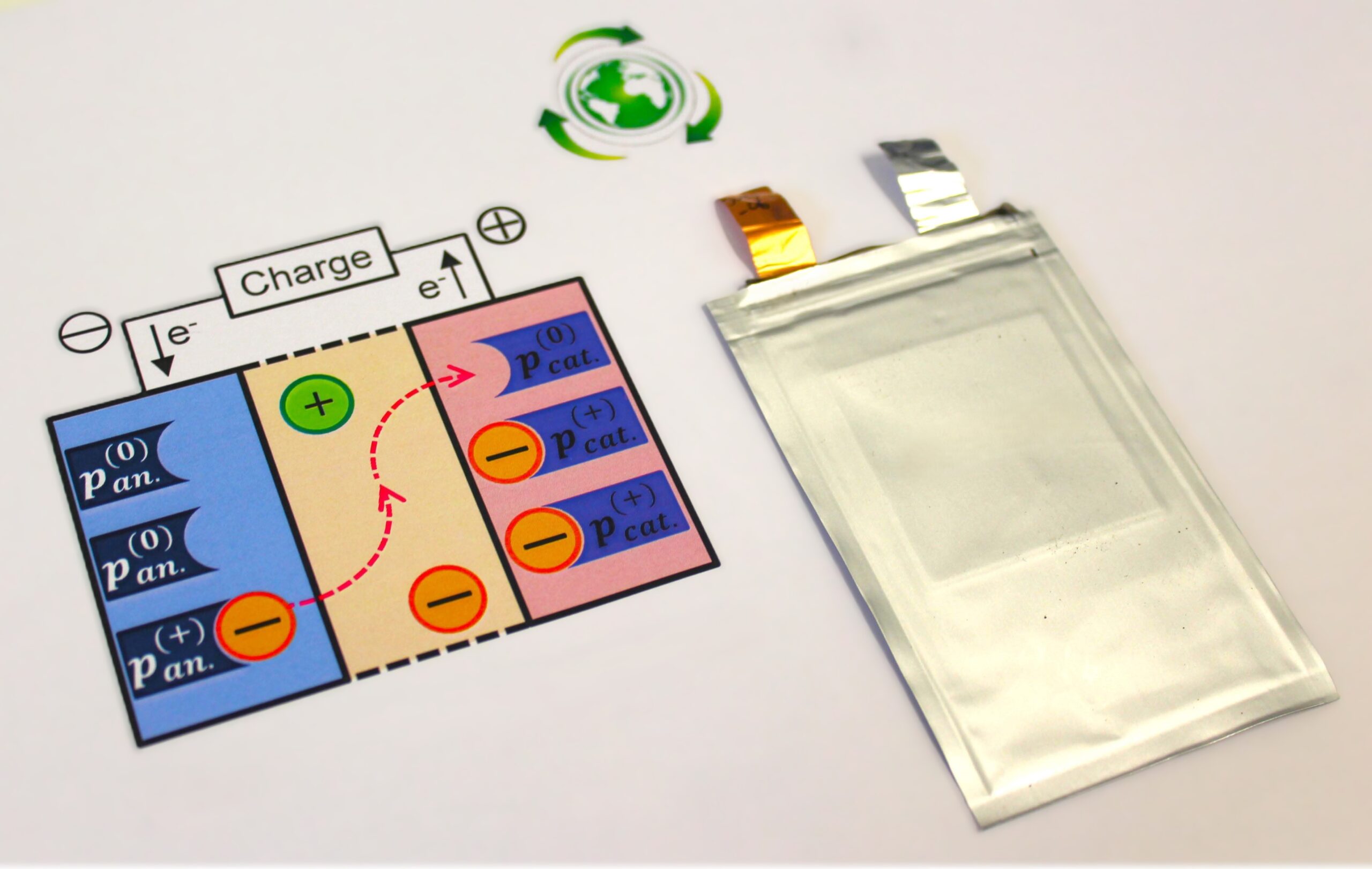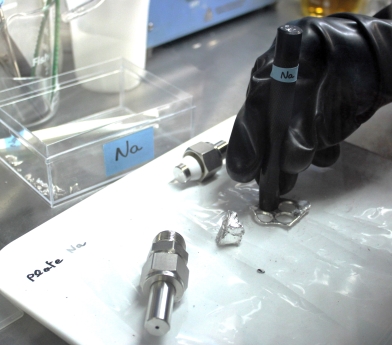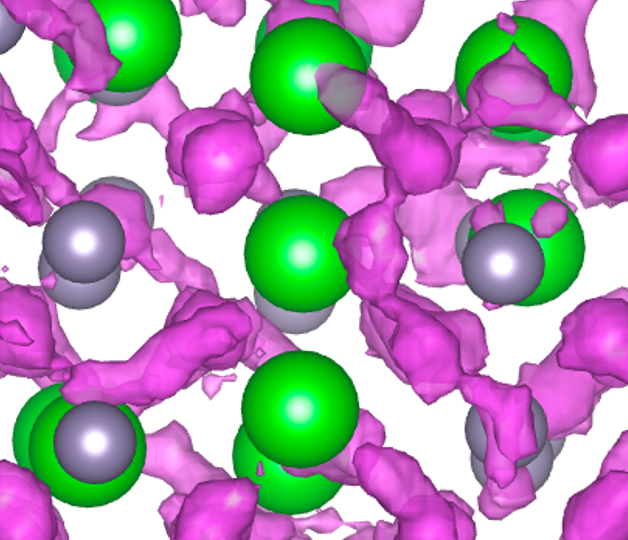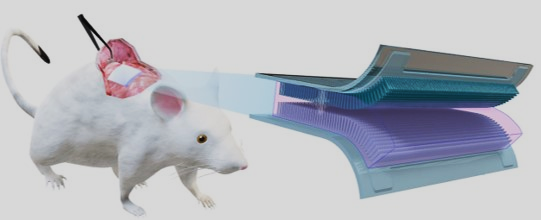
SIMBA
Flexible Biodegradable Sodium-ion Microbattery
Overview
A high-performance, flexible, implantable, and biodegradable sodium-ion microbattery
Prof. Thierry DJENIZIAN (Centre Microélectronique de Provence – Ecole des Mines de Saint-Etienne)
SIMBA aims to manufacture a high-performance, flexible, implantable, and fully biodegradable sodium-ion microbattery. This accumulator will be composed solely of biocompatible materials that are degraded and eliminated by the body in a controlled manner, while a 3D electrode design will ensure mechanical properties and enhanced electrochemical performance to power various bioelectronic devices implanted in the human body. This technology provides an energy solution for the Internet of Things in healthcare, particularly for temporary medical implants.
Keywords
Accumulator, Na-ion technology, Biodegradability, Medical implants, Healthcare IoT
Tasks
Our research
Study of battery components
The goal is to design electrodes and electrolytes based on materials compatible with living systems. To achieve this, the following steps are planned:
- Synthesize and characterize active materials and propose electrode formulations.
- Prepare biodegradable and water-soluble polymer electrolytes.
- Evaluate the electrochemical performance of the materials in half-cells.
- Study the behavior of the materials during electrochemical tests and decipher the underlying reaction mechanisms.
Fabrication of flexible Na-ion microbatteries
The goal is to assemble complete batteries and characterize their electrochemical and mechanical properties. Efforts will focus on:
- Controlling the thickness and nature of the flexible substrate, which will also influence the battery’s lifespan in in-vitro conditions.
- Microstructuring the electrodes to ensure device flexibility and provide advanced electrochemical properties.
- Physicochemical characterization of the systems, optimization, and the development of prototypes.
Physicochemical characterization of interfaces
It is essential to identify the phenomena occurring at the interfaces between electrodes/electrolyte and electrodes/current collectors to better understand the underlying reaction mechanisms and optimize battery performance. The focus will be particularly on:
- Characterizing different materials and their interfaces before and after cycling using XPS, Auger, and SIMS.
- Analyzing “buried” interfaces and performing chemical mapping using ToF-SIMS.
- Conducting in situ and operando measurements with SIMS.
Behavior of the battery in biological environments
The degradability of the battery and the non-toxicity of the materials used are critical aspects of the project addressed in this final task, which aims to:
- Characterize the degradation of biodegradable batteries in aqueous and biological environments.
- Ensure that the materials used are not cytotoxic.
- Validate biodegradability and biocompatibility through in vivo tests.
The consortium
3 academic laboratories
- Formulation of new materials for Na-ion technology and understanding the underlying reaction mechanisms.
- Design of a next-generation battery with innovative design and applications in the medical field and IoT.
- Proven feasibility of the approach proposed in SIMBA through the realization of a proof of concept and the fabrication of functional prototypes.
In addition to laying the groundwork for a future energy solution for IoT in healthcare, the “green technology” proposed in SIMBA also addresses a major environmental concern by eliminating the issue of recycling toxic components.
Training of 4 PhD students and 1 postdoctoral researcher
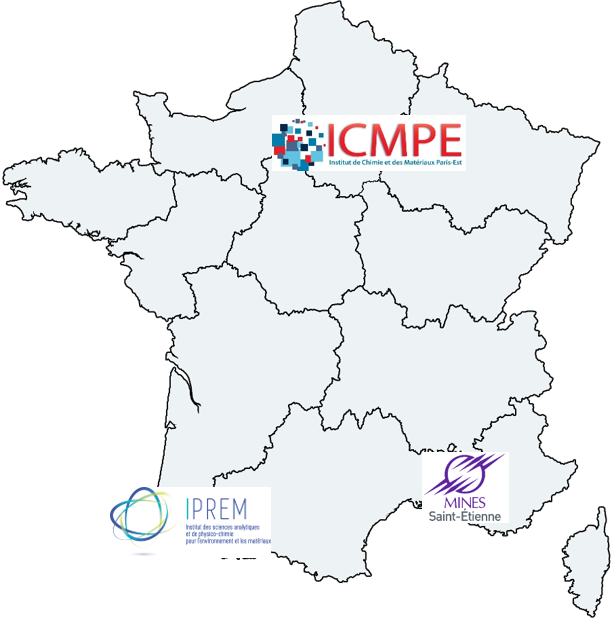
Les autres projets PEPR
